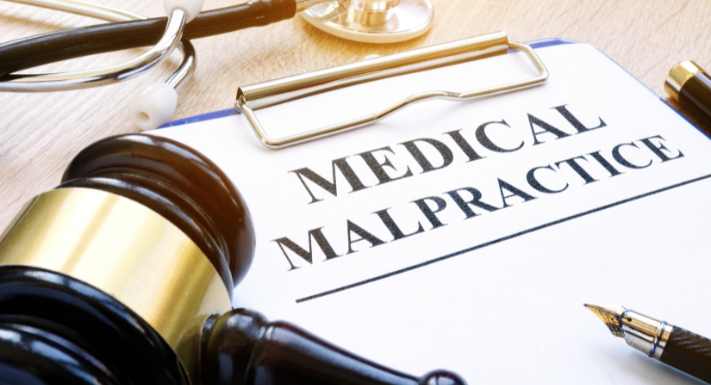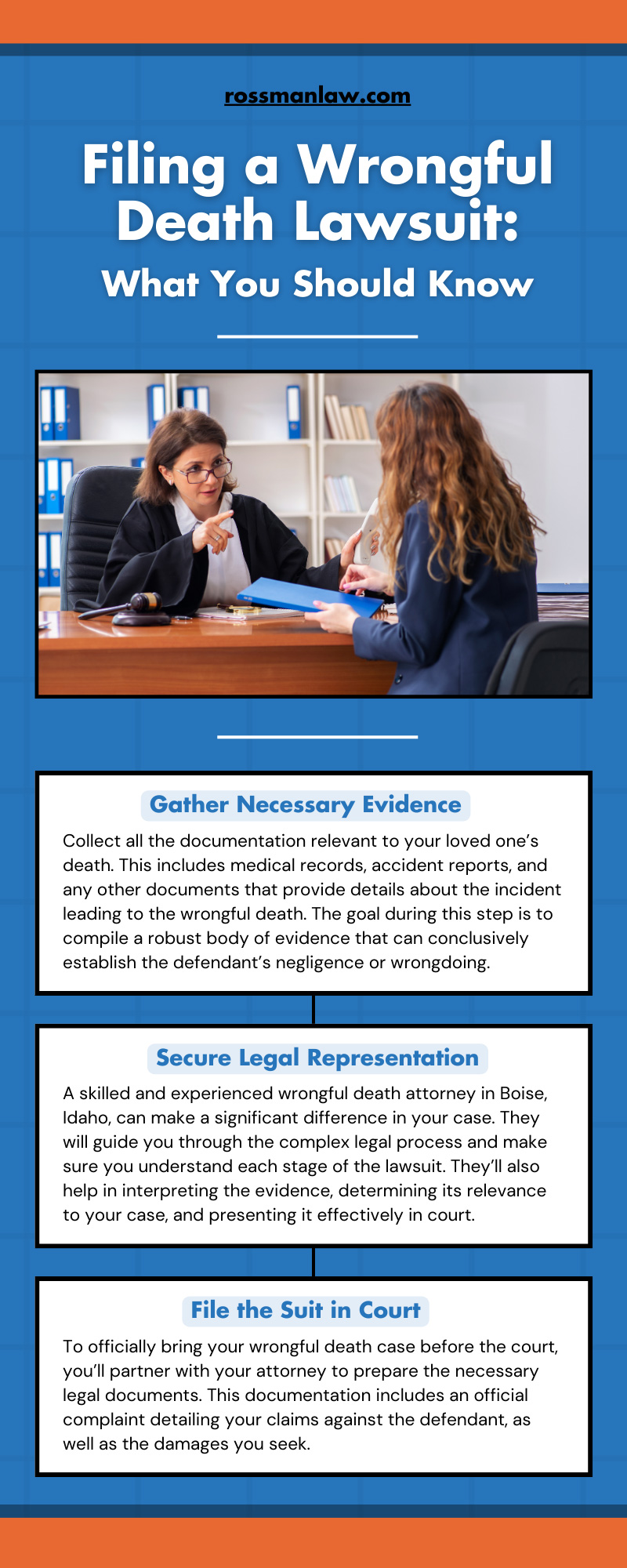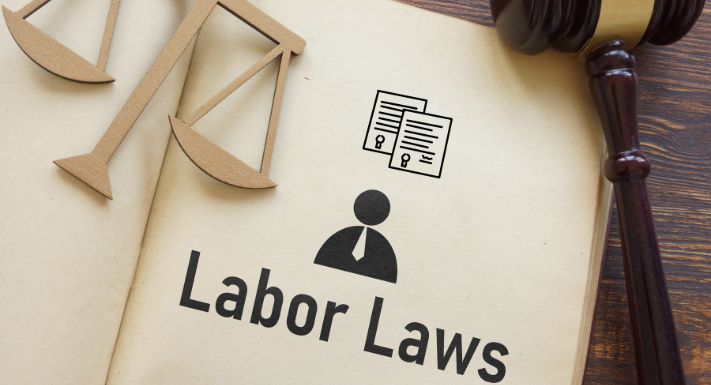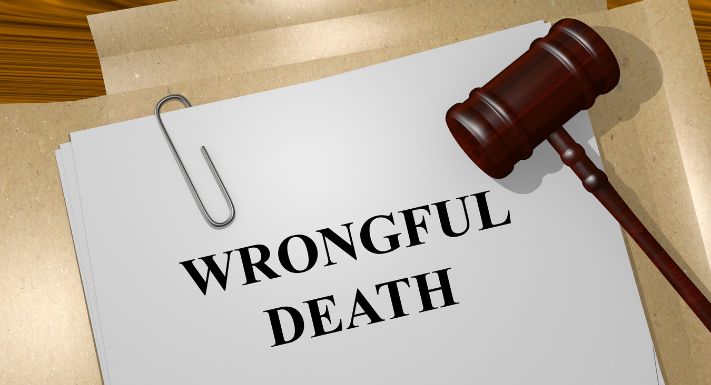
What Is the Burden of Proof in Medical Malpractice Cases?
October 3, 2023
Your Rights as a Sexual Harassment Victim in the Workplace
October 16, 2023It’s never pleasant to think about the death of a beloved family member or loved one. The loss of somebody you care about due to the negligence or misconduct of another party is an unimaginable ordeal. However, should you need to file a wrongful death lawsuit for any reason, it’s best to be prepared by understanding your legal rights in these situations.
What should you know about filing a wrongful death lawsuit? This guide will explore what constitutes wrongful death, explain some of the legal ins and outs of the process, and discuss how to ensure a successful claim. By breaking down the wrongful death lawsuit process, we hope to properly equip you to navigate this legal journey.
Understanding Wrongful Death Suits
A wrongful death lawsuit is a civil action brought against an individual or entity who is responsible for causing someone’s death via negligence or intentional harm. This lawsuit seeks compensation for the survivors’ losses, especially lost wages, lost companionship, and funeral expenses.
Wrongful death claims involve many categories of fatal accidents, from straightforward car crashes to more complex medical malpractice or defective product cases. Individuals, companies, and government agencies can be held liable for behaving negligently and causing a wrongful death.
For Example
What might a wrongful death claim look like in practice?
Consider a scenario in which a driver disregards traffic laws and causes a fatal accident. That driver’s actions demonstrate negligence, thus laying the groundwork for a wrongful death suit.
Another example is a manufacturer who produces a flawed product or a food item that’s unsafe for consumption, leading to a consumer’s death. In this case, the manufacturer could be held responsible for the death due to product liability.
Recognizing Who Is Involved in a Wrongful Death Suit
Two primary parties are involved in a wrongful death claim: the plaintiff and the defendant. To navigate the lawsuit process, it’s wise to understand the roles of these two parties.
Plaintiff
In a wrongful death lawsuit, the plaintiff is typically a close relative of the deceased, such as a spouse, child, or parent. In some cases, extended family members or legal representatives of the deceased’s estate may also serve as plaintiffs.
The role of the plaintiff is to initiate the lawsuit by filing a claim against the party they believe is responsible for their loved one’s death. They carry the burden of proof, which means they must demonstrate that the defendant’s negligence or intentional action led to the death of their loved one.
Defendant
On the other side of the lawsuit sits the defendant, an individual, company, or government entity held to account for the deceased’s passing. The defendant’s role in the lawsuit is straightforward—they defend themselves against the plaintiff’s claims. If found liable, the defendant is required to provide compensation for the losses incurred by the plaintiff due to the wrongful death.
Who’s Responsible?
In some cases, it’s difficult to pin down who exactly is responsible for the wrongful death. In other words, who’s the defendant?
Determining the responsible party in a wrongful death suit involves a thorough investigation into the circumstances surrounding the death. This process often requires the expertise of lawyers, investigators, and sometimes forensic experts. They gather and analyze evidence like accident reports, medical records, and witness testimonies to establish who is at fault.
Filing a Wrongful Death Suit
Each step toward filing a wrongful death lawsuit in court is integral to building a strong case and achieving a favorable outcome.
Gather Necessary Evidence
Collect all the documentation relevant to your loved one’s death. This includes medical records, accident reports, and any other documents that provide details about the incident leading to the wrongful death. The goal during this step is to compile a robust body of evidence that can conclusively establish the defendant’s negligence or wrongdoing.
Secure Legal Representation
A skilled and experienced wrongful death attorney in Boise, Idaho, can make a significant difference in your case. They will guide you through the complex legal process and make sure you understand each stage of the lawsuit. They’ll also help in interpreting the evidence, determining its relevance to your case, and presenting it effectively in court.
In addition, a good attorney will negotiate on your behalf and advocate for your best interests as they work to secure the maximum possible compensation for your loss.
File the Suit in Court
To officially bring your wrongful death case before the court, you’ll partner with your attorney to prepare the necessary legal documents. This documentation includes an official complaint detailing your claims against the defendant, as well as the damages you seek.
Your lawsuit officially commences once you file these documents with the appropriate court. The defendant will then receive a summons notifying them of the lawsuit and the claims against them.
Following the Legal Process
The court oversees the entire litigation process, from the initial filing of the lawsuit to the final verdict or settlement. It also makes sure that both parties adhere to the rules of the court and respect one another’s legal rights.
Once the litigation process begins, both sides engage in the discovery phase, in which they exchange all the information they have that’s relevant to the case. This information can include witness testimonies, expert reports, and any other evidence that can support their respective claims. The discovery phase aims to promote transparency and prevent any surprises during the trial.
Settlement vs. Trial
Often, wrongful death suits don’t end up going to trial. Settlement negotiations usually occur after the discovery phase. During these negotiations, both parties, usually through their attorneys, attempt to reach a mutually agreeable resolution without going to trial. If they agree on a settlement, they present it to the court for approval, and the lawsuit concludes.
However, if both parties cannot agree on a settlement, the case proceeds to trial. In the courtroom, both parties present their arguments and evidence to the judge or jury. Witnesses may be called to testify, and experts may present their professional opinions. After hearing all evidence and arguments, the judge or jury arrives at a verdict. If the verdict is in favor of the plaintiff, the court determines the amount of damages the defendant must pay.
Understanding the steps in filing a wrongful death lawsuit is crucial for anyone facing this complex legal journey. You should know about the stages you’ll follow, the professionals involved in the process, and the evidence you’ll need to back up your claim. By gaining a thorough understanding of these elements, you can better navigate the legal landscape of wrongful death suits and be prepared to seek justice for your loved one.






